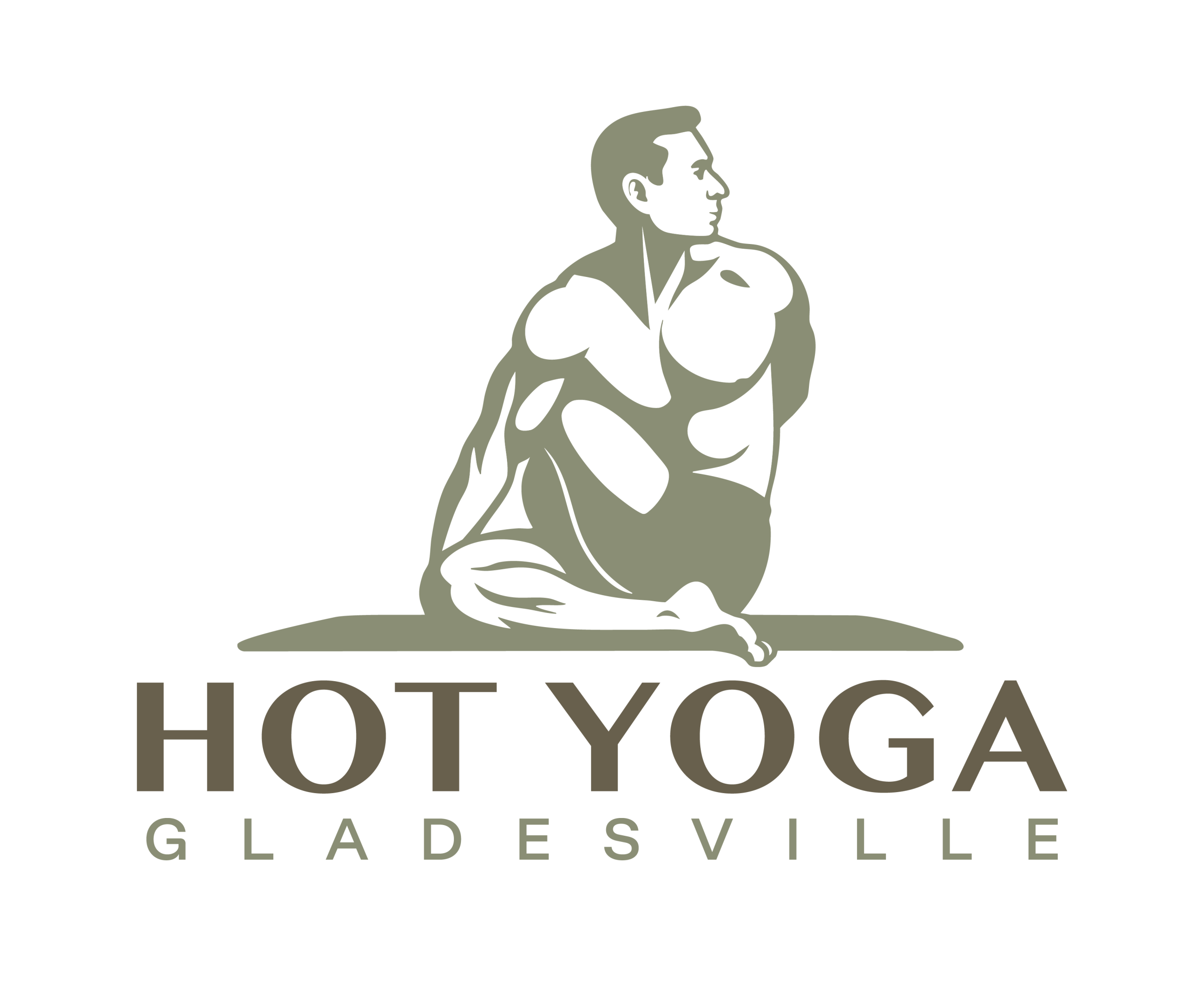The Story of Bikram Yoga
Bikram Yoga was developed by Bikram Choudhury in the early 1970s, drawing from a lineage of yoga that spans thousands of years. Rooted in ancient wisdom, this practice blends profound knowledge of the body with insights into the mind, offering a holistic approach to wellbeing.
Choudhury’s journey began in the 1950s and 1960s under the guidance of his guru, Bishnu Charan Ghosh, one of India’s most respected yogis and physical culturists. Ghosh himself had trained under his elder brother, known today by his spiritual name, Paramahansa Yogananda. Through this lineage, Choudhury inherited a rich tradition of physical and spiritual discipline. Ghosh’s teachings and writings also played a pivotal role in shaping modern yoga as a form of physical exercise in India.
Bikram Yoga is renowned for its physical rigor, reflecting its roots in the physical culture tradition. The practice is intentionally challenging—not merely to test physical limits, but to cultivate mental resilience, self-awareness, and inner strength. By learning to understand and respect our bodies, pushing them to expand their capabilities, and embracing disciplined practice, we can also foster emotional balance, mental clarity, and a deeper sense of peace. Over time, this translates into a life enriched with vitality, confidence, and perspective.
Recognizing the transformative potential of yoga for people in the West, Choudhury formalized Bikram Yoga based on Ghosh’s teachings. In the early 1970s, while working in Japan alongside scientists and doctors, he designed the now-famous sequence of 26 postures and 2 breathing exercises. This structured series ensures that each session methodically works the entire body, enhancing strength, flexibility, and focus.
As Choudhury famously said, “The great thing about Bikram Yoga is that you don’t have to be good at it… you just have to be persistent.” This emphasis on consistency over innate skill underscores the practice’s accessibility: anyone willing to commit can experience its profound physical, mental, and emotional benefits.
Why Bikram Yoga Works
Bikram Yoga is effective because it combines a unique blend of physical rigor, mental focus, and systematic progression. Its design targets the body, mind, and breath simultaneously, producing benefits that are greater than what many other exercise routines offer.
1. Structured Sequence for Full-Body Engagement
The series of 26 postures and 2 breathing exercises is carefully arranged to systematically work every part of the body—from head to toe. Each posture prepares the body for the next, gradually improving flexibility, strength, balance, and endurance. This sequential approach ensures no major muscle group or joint is neglected, creating a holistic physical transformation.
2. Heat Enhances Flexibility and Detoxification
Classes are typically held in a heated room (around 40°C / 105°F), which increases muscle elasticity and joint mobility. The heat also promotes sweating, which helps the body release toxins and supports cardiovascular health. Practicing in this environment teaches discipline and helps students listen to their bodies under challenging conditions.
3. Mental Resilience Through Challenge
Bikram Yoga is intentionally challenging. Holding postures and pushing through fatigue develops mental endurance, focus, and self-discipline. Students learn to confront discomfort, manage stress, and cultivate patience—skills that extend far beyond the yoga mat.
4. Breath as a Mind-Body Connector
The two breathing exercises (Pranayama) train the respiratory system while calming the mind. Conscious breathing increases oxygen flow, reduces stress, and heightens body awareness, creating a mind-body connection that enhances both physical performance and emotional wellbeing.
5. Consistency Leads to Lasting Change
Because the practice is the same every class, students can measure progress over time. Regular repetition of the sequence reinforces physical alignment, builds strength, and allows for gradual improvement in flexibility and balance. Persistence becomes more important than innate ability, making the practice accessible to almost anyone.
6. Holistic Benefits
Through strengthening muscles, improving circulation, enhancing flexibility, and calming the mind, Bikram Yoga promotes:
- Reduced stress and anxiety
- Better posture and core strength
- Improved joint health and mobility
- Enhanced focus and mental clarity
- Greater overall energy and vitality
In short, Bikram Yoga works because it pushes the body while nurturing the mind, creating a feedback loop of physical and mental growth. The practice doesn’t just make you stronger or more flexible—it helps you become more self-aware, resilient, and balanced in all areas of life.
Who Can Do Bikram Yoga?
Bikram Yoga is designed to be accessible to nearly everyone, regardless of age, fitness level, or previous yoga experience. Its structured sequence, clear instructions, and focus on consistency rather than innate ability make it suitable for a wide range of practitioners.
1. Beginners Are Welcome
You don’t need to be flexible, strong, or experienced. The series of 26 postures and 2 breathing exercises can be adapted to your body’s current abilities. The goal is progress, not perfection, and instructors guide modifications when needed.
2. Athletes and Active Individuals
For those already physically active, Bikram Yoga provides a challenging, full-body workout that improves flexibility, balance, and mental focus. The heat adds intensity, making it an effective complement to other sports or fitness routines.
3. People Looking to Reduce Stress
Bikram Yoga isn’t just physical—it’s also a powerful mental practice. By focusing on breath, posture, and alignment in a structured, heated environment, practitioners learn patience, mindfulness, and stress management skills.
4. Those with Physical Limitations or Injuries
With guidance from a qualified instructor, many postures can be modified to accommodate injuries, joint issues, or other physical limitations. Listening to your body and using props (blocks, bolsters, towels) ensures safety while still reaping the benefits.
5. Older Adults
Age is not a barrier. The practice strengthens muscles, improves balance, and enhances circulation, which can help maintain mobility and vitality. Again, modifications are available to suit individual needs.
6. People Seeking Personal Growth
Bikram Yoga encourages self-discipline, mental resilience, and self-awareness. Anyone looking to cultivate persistence, focus, and a deeper mind-body connection can benefit.
You don’t have to be “good at yoga” to practice Bikram Yoga. The practice is designed to meet you where you are, and consistency over time brings strength, flexibility, and inner balance.
